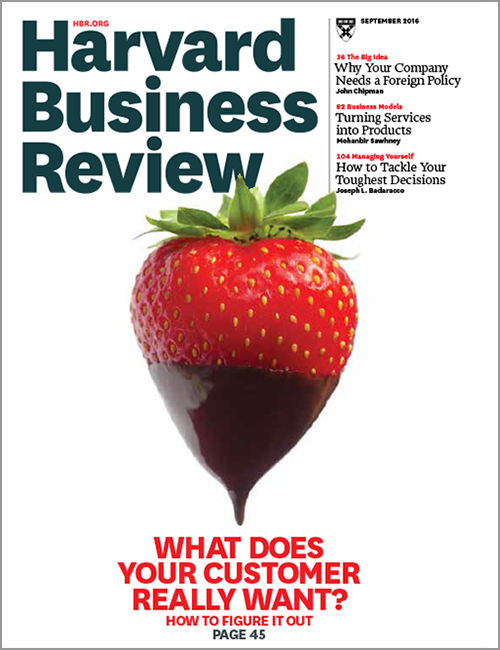How people think is very hard to figure out.
When we communicate one-on-one, we learn a lot about people, who they are and what they will do next. Think about friends and family. You know their next moves. You know what they will like and what they don’t and your ability to predict gets pretty darn good in a short period of time. How many times have you heard “I know him like a brother”.
Some people will claim that they can figure a person out within minutes. How do they do it? What is it that allows us to predict? It has a lot to do with how we interpret language. We can read body language but more likely it is the words we use and in what order that lets us form deep thoughts about a person’s traits. Have you ever called someone an ‘old soul’? Those are hints at traits.
Very often people are judging others by what they say. We are naturally programmed to listen to language and judge people by word usage and patterns.
I found a way to use the power of psycholinguistics and Trait theory for good.
It’s not about selling people the wrong things or trying to trick them into voting for somebody or worst, trick them into spending far too much time within an app; it’s about giving people a choice based on who they are and what they deeply desire.
In our day-to-day lives, jobs arise. Sadly, we have to wade through swamps of misinformed marketing, dull messaging, and noise to try to figure out if the product and services we are pushed to look at will solve our needs. Clayton Christensen calls this ‘shopping’.
In my research, we have to determine that Psycholinguistics and Trait Theory are causal to profits and revenue. We shop and decide much faster if the product matches who we are first.
For example, if we are deeply introverted, we are not likely to ‘hire’ a red convertible on a trip and attend a party to make us happy. Those products may solve a need, but they are almost never hired by certain people even if it is clear they can make us happy. So we would suggest those people need to be more adaptable or challenge themselves.
Our research also suggests there are very few personality types that will hire any given product, profitably. The calculations so far suggest 1 in 5 is the upper bound of who will hire any given product. Most average marketing organizations tend to ‘spray and pray,’ even if they have sophisticated marketing people. The is a dreadful ‘averaging’ of very different people. This results in more downward pressure to profitability find people who will hire your products. The wrong money on the wrong customer takes away time and effort to reach those who will hire our products.
We also found that the differential from best to the worst customer is 10:1. 10x is no small odd yet when we look at net new customers and the actual cost of acquisition, we should do something different.
Given these two metrics, it is no surprise that conversion rates are single digits online.
It is also no surprise that store conversion rates are better because salespeople can adapt and stores can lay out many different ways to solve our jobs to be done.
Why people buy is encoded in our personalities and traits. These are things that are thousands of years old. Who we are is how we form societies and tribes. It’s what makes us live and work together. In an age of many choices to solve our jobs to be done, we need better ways to execute jobs to be done, give better choices and not abuse our customers and their needs.


